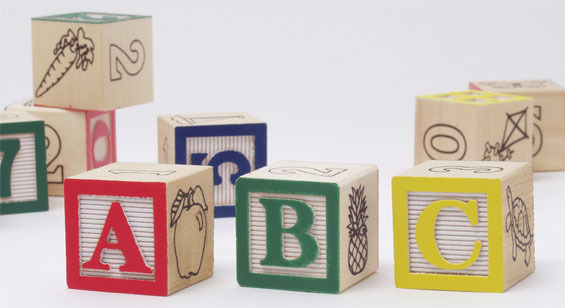Preschool is good for disadvantaged children. But is preschool alone sufficient to significantly reduce poverty and inequality? Like many researchers, I'm delighted about the current enthusiasm for preschool at the policy level, and would not want to throw cold water on it. Yet almost all studies of garden-variety replicable preschool programs show that the clear positive effects of preschool in the early grades fade as children go through elementary school. This should not be a cause for despair, but rather for realism about how to help children succeed all the way through to adulthood. If preschool is seen as the first step in a multi-step societal strategy, it is worthy of all the attention and investment it is currently receiving. If we're counting on preschool alone to solve all problems, we're just not being serious.
Isabel Sawhill and Quentin Karpilow at the Brookings Institution recently issued a paper making exactly this point, and illustrating it with evidence. They argue for intervening early and often rather than once and done. To support their position, they take proven, replicable programs that are readily available and imagine that government provided disadvantaged children with all of them in sequence, from early childhood to adolescence.
Sawhill & Karpilow start with a gap in "success rates" at various ages between children born into families living above or below 200 percent of the poverty line. The gap in chances of entering the middle class is 20 percentage points at age 40.
According to the authors, preschool participation plus the HIPPY parenting program could reduce a 22 percent "success gap" at school entry by 14 percentage points. Yet this falls to 5 points by middle childhood, 3 points by adolescence, and 2 points by middle age. By this analysis, preschool is necessary but not sufficient to significantly reduce inequality.
Sawhill and Karpilow then (statistically) added in our Success for All program plus social-emotional learning interventions in elementary school. They also added in the Talent Development high school model.
The final result, by their estimates, was an elimination of the poverty gap in early and middle childhood. By adulthood, these interventions were estimated to reduce the 20-point success gap by 15 percentage points.
The exact size of the gap reduction is speculative, of course, but it's the thinking that matters here, not the specifics. It never made sense that one big inoculation in preschool would set up a child for success throughout his or her life. Poverty isn't like polio, which can be cured in one treatment. The factors that lead to a child being in a disadvantaged family at preschool are likely to persist afterwards, and top-quality education is needed at every age to help children overcome effects of poverty. Seen as a good start in a series of proven approaches appropriate to children's needs from preschool through high school, preschool makes good sense. But if we fail to follow up with effective programs for the elementary and secondary grades, we will still have a lot of unnecessary inequality when today's toddlers become tomorrow's taxpayers.

